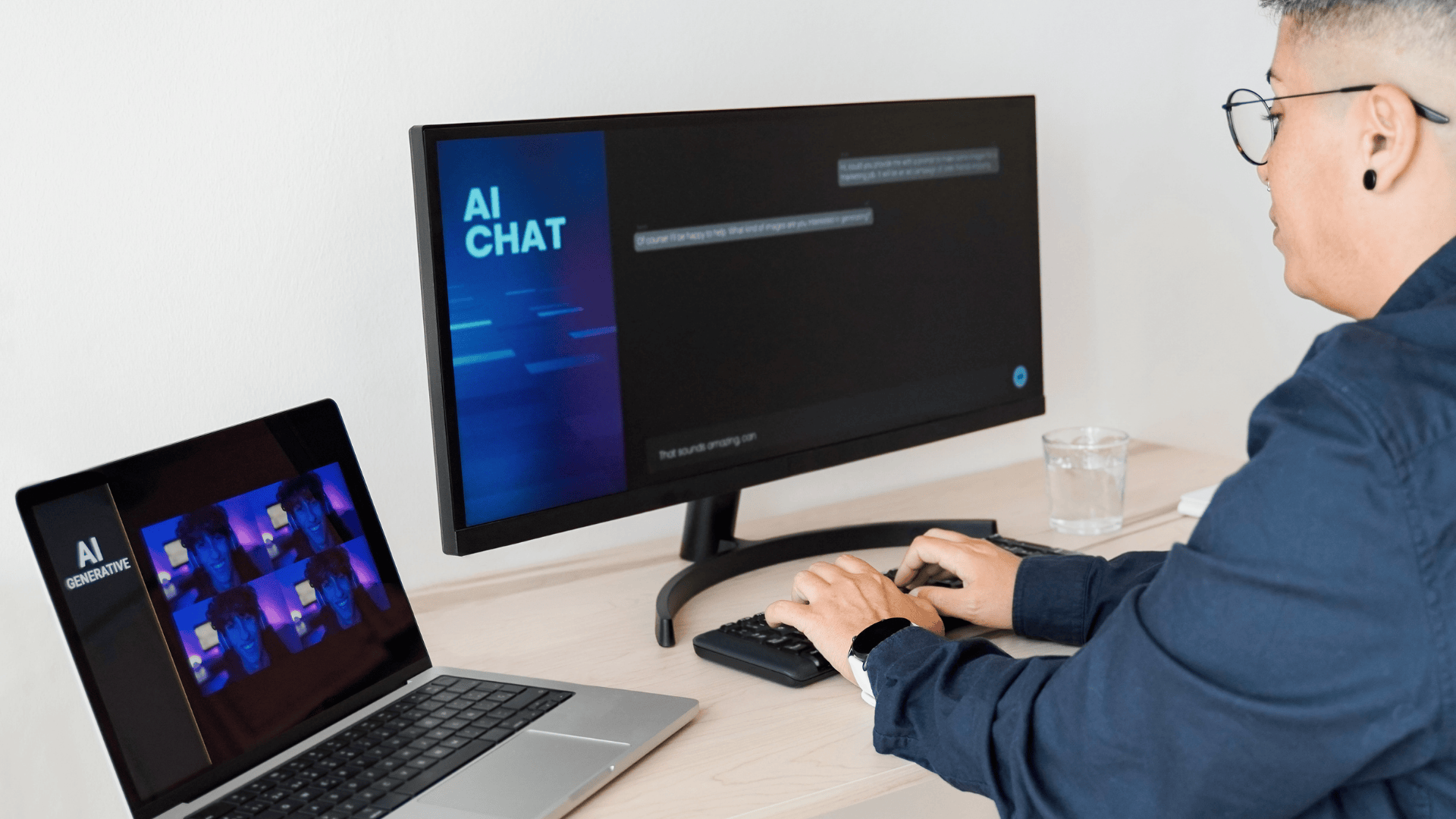From Resumes to AI: The Evolution of Talent Screening
In the early days of hiring, talent screening was a relatively straightforward, manual process. A candidate would submit a paper resume, often through mail or in-person delivery. Hiring managers or HR staff would sift through stacks of applications, carefully reading each one to identify qualified candidates. Interviews were scheduled based on intuition, gut feelings, and subjective assessments. Talent screening was labor-intensive, slow, and prone to bias.
As workplaces evolved and technology advanced, the way organizations identified and evaluated potential hires also changed dramatically. Today, Artificial Intelligence (AI) plays a central role in screening candidates, making the process faster, smarter, and arguably more equitable. In this article, we explore the fascinating evolution of talent screening—from handwritten resumes to sophisticated AI-powered algorithms—and what it means for the future of hiring.
The Pre-Digital Era: Manual Screening and Its Limitations
Before computers became ubiquitous, the talent screening process was deeply human-driven. Recruiters manually reviewed every resume and cover letter, looking for signs of the ideal candidate. Key traits such as education, work experience, and skill set were assessed subjectively. Phone interviews or brief face-to-face meetings followed.
This manual approach had several limitations:
– Time-Consuming: Reviewing dozens or hundreds of resumes could take days or weeks.
– Subjectivity and Bias: Hiring decisions were often influenced by unconscious biases, leading to discriminatory practices.
– Inconsistent Evaluation: Without standardized criteria, different recruiters might evaluate the same candidate differently.
– Limited Reach: Job ads were typically placed in newspapers or local listings, limiting the pool of candidates.
The Arrival of Applicant Tracking Systems (ATS)
The late 20th century saw the emergence of computer-based systems to help manage recruitment processes. Applicant Tracking Systems (ATS) revolutionized how companies handled job applications. Initially, ATS platforms served as digital filing cabinets, storing resumes and applications in electronic formats.
However, as technology improved, ATS tools became more sophisticated:
– Keyword Matching: ATS could scan resumes for keywords related to job descriptions.
– Resume Ranking: Applications were ranked based on how closely they matched required skills or qualifications.
– Workflow Management: Recruiters could track candidate status throughout the hiring funnel.
This innovation saved recruiters countless hours and allowed for a more structured hiring pipeline. Nevertheless, ATS systems also introduced new problems. Over-reliance on keyword matching meant that qualified candidates who did not optimize their resumes could be overlooked. Moreover, rigid filters sometimes eliminated strong but unconventional applicants.
The Rise of Online Job Portals and Professional Networks
The early 2000s witnessed a boom in online job boards like Monster, CareerBuilder, and later, LinkedIn. These platforms fundamentally shifted how candidates found jobs and how employers found talent.
Key developments during this phase included:
– Wider Reach: Companies could advertise positions to global audiences.
– Easier Application Processes: Candidates could apply with a few clicks.
– Profile Standardization: Professional networks introduced standardized profiles that highlighted key career details.
– Enhanced Searchability: Recruiters could actively search for candidates instead of waiting for applications.
The proliferation of online job portals also led to an explosion of applications for each job opening, reigniting the need for better, faster screening tools.
The Introduction of Predictive Analytics
As data became a critical asset for businesses, predictive analytics found its way into recruitment. By analyzing historical hiring data, companies could predict which candidates were more likely to succeed in a given role.
Predictive analytics tools analyzed:
– Educational background
– Employment history
– Interview performance
– Assessment scores
Using this information, recruiters could prioritize candidates based on the likelihood of success, improving hiring outcomes. However, predictive analytics also required careful handling to avoid reinforcing historical biases hidden within the data.
Artificial Intelligence Enters the Scene
The biggest leap in talent screening came with the integration of Artificial Intelligence.
AI-driven recruitment solutions brought several advancements:
Resume Screening Automation
AI systems could now parse resumes more intelligently than traditional ATS systems. Instead of just matching keywords, AI evaluated the context and relevance of experience and skills.
Chatbots and Virtual Assistants
AI-powered chatbots handle initial interactions with candidates, answering FAQs, scheduling interviews, and even conducting preliminary assessments through conversational AI.
Video Interview Analysis
Companies began using AI to analyze candidate responses during video interviews. AI tools could assess verbal and non-verbal cues, evaluating factors like enthusiasm, clarity, and cultural fit.
Skill and Personality Assessments
AI-based assessments could evaluate cognitive abilities, technical skills, and even personality traits, providing a more holistic view of a candidate’s potential.
Benefits of AI in Talent Screening
The integration of AI into recruitment offered tangible benefits:
– Speed: AI could screen hundreds of resumes in minutes.
– Consistency: AI applied the same evaluation criteria to every candidate.
– Reduced Bias: Properly designed AI tools helped mitigate human biases.
– Cost Savings: Faster, more accurate screening reduced overall hiring costs.
Concerns and Ethical Considerations
Despite its advantages, AI in talent screening raised ethical questions:
– Algorithmic Bias: AI systems trained on biased historical data could perpetuate discrimination.
– Transparency: Candidates often don’t understand how AI evaluates them.
– Privacy: The use of data, particularly from video interviews and social media profiles, raised privacy concerns.
To address these challenges, companies need to ensure AI tools are regularly audited, transparent, and compliant with privacy laws like GDPR.
The Future: AI and Human Collaboration
The future of talent screening isn’t about replacing recruiters with machines; it’s about empowering human decision-makers with better tools. AI can handle repetitive, data-heavy tasks, allowing recruiters to focus on building relationships, assessing cultural fit, and making nuanced judgments.
Upcoming trends include:
– Explainable AI: AI systems will offer clearer explanations for their decisions, increasing transparency.
– Ethical Hiring Practices: Greater emphasis on fairness, accountability, and bias mitigation.
– Customized Candidate Experiences: AI will help create personalized recruitment journeys based on candidate preferences and needs.
– Predictive Workforce Planning: AI will predict future talent needs and help companies proactively build pipelines.
Conclusion
From paper resumes manually sorted by overworked HR clerks to AI-driven systems that intelligently assess skills, personality, and potential, the evolution of talent screening is a story of continuous innovation. As we look to the future, it’s clear that AI will play an even greater role, but the human element of hiring—empathy, intuition, and culture fit—will remain irreplaceable. Organizations that successfully blend cutting-edge technology with human wisdom will lead the way in attracting, evaluating, and retaining top talent.

